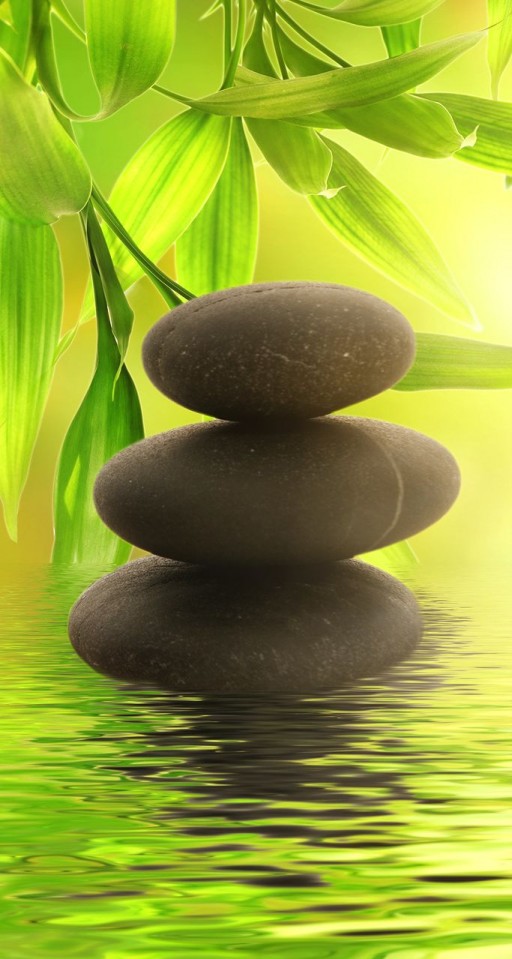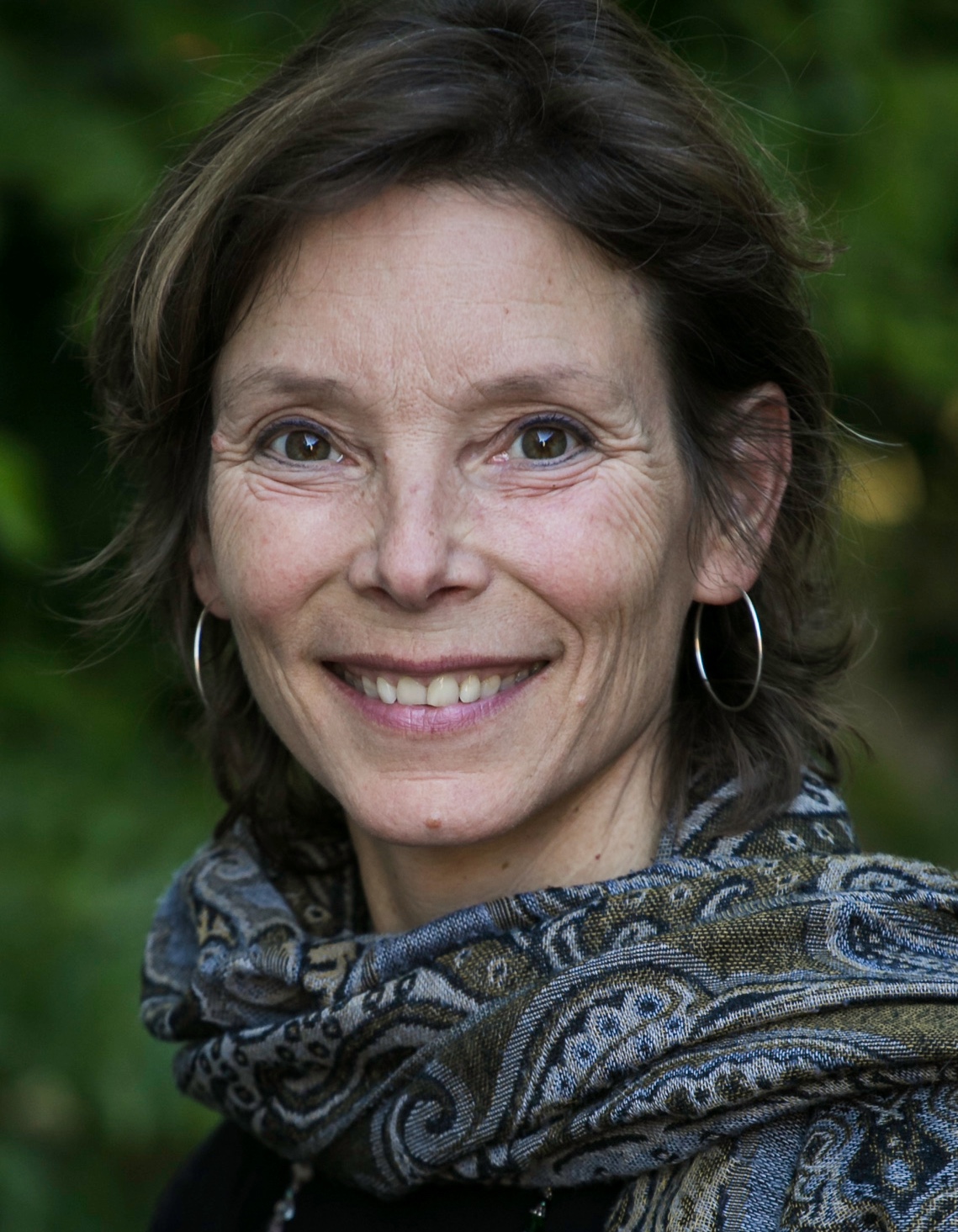 What is Mindfulness?
What is Mindfulness?
Mindfulness is about paying attention to what is happening right now, just as it is, without judgement, without pushing it away or grasping after it. It is about being present to and for what is happening moment by moment. Some call mindfulness “bare awareness.”
In the present is where healing happens
Bringing our attention over and over again back to the present moment calms down the nervous system, connects us to our mind and body and builds within us a deeper sense of self. This deeper sense of self is a connection to the core of our being – that which we truly long to be and which we already are.
How Do I Practice Mindfulness?
Routine Daily Activity
You can begin by choosing one routine activity in your daily life and make a deliberate effort to bring moment-to-moment awareness to that activity each time you do it.
The daily activity could be:
- brushing your teeth, showering, drying your body, getting dressed, eating, driving, shopping, doing dishes.
Moment to moment awareness means to notice things like:
- The physical sensation of the activity.
- The visuals involved in the activity. What are the objects, colors, textures and other visuals you notice while doing the activity.
- The sounds you hear as you do the activity.
- What are you noticing in your body? Touch sensations? Is your body barometer active?
- Get a sense of yourself. What is happening in your body, your emotions, your thoughts?
- Can you notice your breathing while you are doing the activity?
- Try to bring your awareness back to the activity each time you notice your mind wandering. This builds concentration and your mindfulness muscle. It also wires the brain nicely for more peace, happiness and joy.
∞∞∞∞∞∞∞∞∞∞∞∞∞∞∞∞∞∞∞∞∞∞
Conscious Breathing
Mindfulness of the breath is, in my opinion, one of the most powerful practices. Our breath is with us always and as we develop our ability to remember to focus on the breath, we can ride the breath through many waves and storms in our lives. The breath will carry us and help us to be present for what is showing up, whether it is in people, situations or our own hearts and minds.
∞∞∞∞∞∞∞∞∞∞∞∞∞∞∞∞∞∞∞∞∞∞
Sitting Meditation: Basic Breath Meditation
Meditation has been known by the sages as a way to transcend our human experience and taste the divine. Because of this, we think that in meditation we should be feeling peace and bliss, and if we are not, we are not dong it right. Since most of us don’t experience peace and bliss when we meditate, we think we can’t meditate, that we are not doing it right and we give up.
You can experience peace and bliss in meditation. But not until the mind quites….. a nearly impossible task. It is the space between thoughts that peace abides. But how to quite the mind?!
Breath is the key
Basic breath awareness is a key to calming the mind. We can use the breath as an anchor of focus to calm the thought waves and bring more stillness to the mind.
Get comfortable
Sit straight in a way that your spine is straight and you are relaxed. Traditionally, people sit on the floor on a cushion. But a chair is fine. If you have the hips raised slightly higher than the knees this helps the spine to be straight and relaxed. This might mean putting a cushion under your hips.
If you sit on a chair, try to have your feet flat on the floor. I recommend not leaning against the back of your chair, unless you need to for physical issues. Leaning back can compromise your posture and you can end up getting sleepy.
If you cannot sit comfortably, you can lay down. I fall asleep when I lay down, but it works for some people.
My favorite position is on the floor with a blanket underneath; I am on my knees sitting on a crescent shaped meditation cushion which is turned on its side. It is easy on the knees, keeps my back straight and I am completely relaxed. Like this:


Attention on the Breath
Let yourself settle into your position. Feel yourself on your cushion or chair and get a general sense of yourself. Check in with your body, your state of mind, noticing if any strong emotions are present.
When you’re ready, bring your attention to your breath. Feel the physical sensation of the breath as it goes in and out. No need to change the breath in any way. No need to make it bigger or smaller. Simply be with the breath as it is, feeling it physically.
Perhaps you notice the breath most in your belly, or your chest or your nostrils. Wherever you feel it most vividly simple put your attention there, watching the breath.
When the mind wanders
and it will, because that is the nature of the mind, simply bring your attention back to the breath, with kindness.
For a long time in my meditation I beat myself up when I found my mind was wandering and I ended up feeling so bad! Please don’t beat yourself up. Bring your attention back to the breath with love. Each time we notice our mind wandering, it is a little victory, a victory of mindfulness, a victory for greater peace and greater awareness. So, bring the mind back gratefully, to the breath.
Mental Noting
When the mind wanders it can be useful to note where it went or what it is doing. If you find yourself thinking you can note: “planning, planning” and come back to the breath. Or “thinking,” or “shopping” or “worrying, or (a new one in my mind) “Facebook status update thought.” And bring the attention back to the breath, with kindness.
Thich Nhat Hahn gives this advice
“As you breathe in, you say to yourself, “Breathing in, I know I am breathing in.” And as you breathe out, say, “Breathing out, I know I am breathing out.”…. You don’t even need to recite the whole sentence; you can just use the words: “In” and “Out.” I find this very good advise for beginners or anyone who needs extra support on any given day.
The Buddha says
“This concentration through mindfulness of breathing, when developed and practiced much, is both peaceful and sublime, it is an unadulterated blissful abiding, and it banishes at once and stills evil unprofitable thoughts as soon as they arise.”
∞∞∞∞∞∞∞∞∞∞∞∞∞∞∞∞∞∞∞∞∞∞
Your Body Barometer

1. Determine some part of your body that responds to stress or difficulty in a noticeable way– such as chest area or the abdomen or somewhere in between the two.
2. Once you identify this place you can tune into it during the day at different times and simply notice what is happening in that area of the body in that moment.
3. As you become acquainted with your body barometer, you can learn to accompany it when stressed, using your breath as an anchor and following these steps:
- Notice the sensation in the area of your body barometer.
- Turn your attention away from the stressor or difficulty as much as you can so you can tend to yourself. (This does not always mean you need to leave the room. But sometime it does. If you need to leave, do so in kindness.)
- Name the sensation if you like: “butterflies, butterflies” or “tension, tension,” or “heat, heat.” Whatever the sensation is.
- While you are noticing the sensation, turn your attention to your breath simultaneously. Feel your breath in your body.
- Allow the bulk of your attention to be on your breath moving in and out as you gently, simultaneously watch and be with your body barometer sensations.
- Stay with this watching and allowing while riding the breath for as long as you like.
i. You are not trying to change what is happening.
ii. You are accompanying yourself through the experience by being with the experience just as it is, as best you can, with the breath as your anchor.
This is one my favorite books on Mindfulness:
